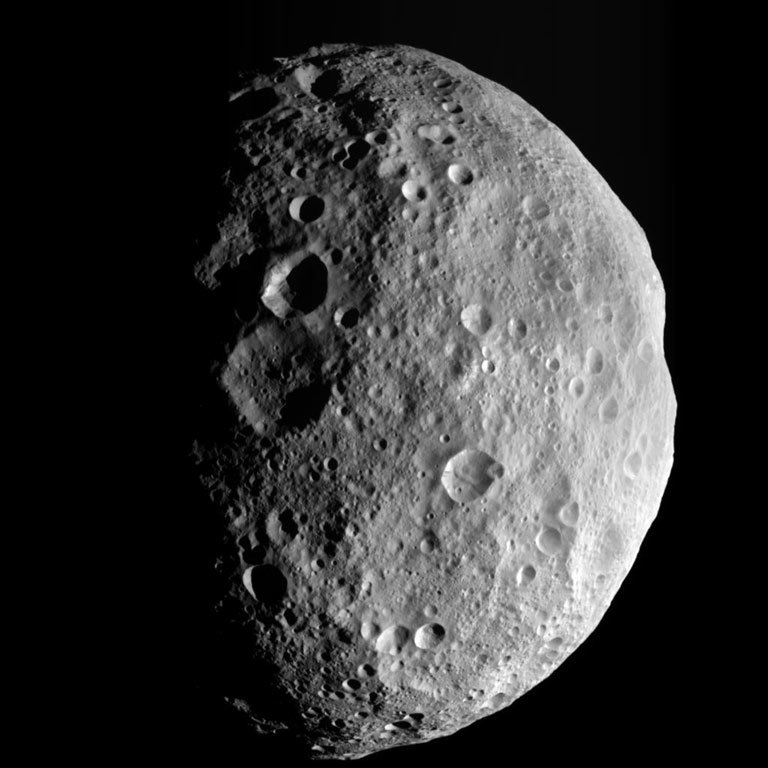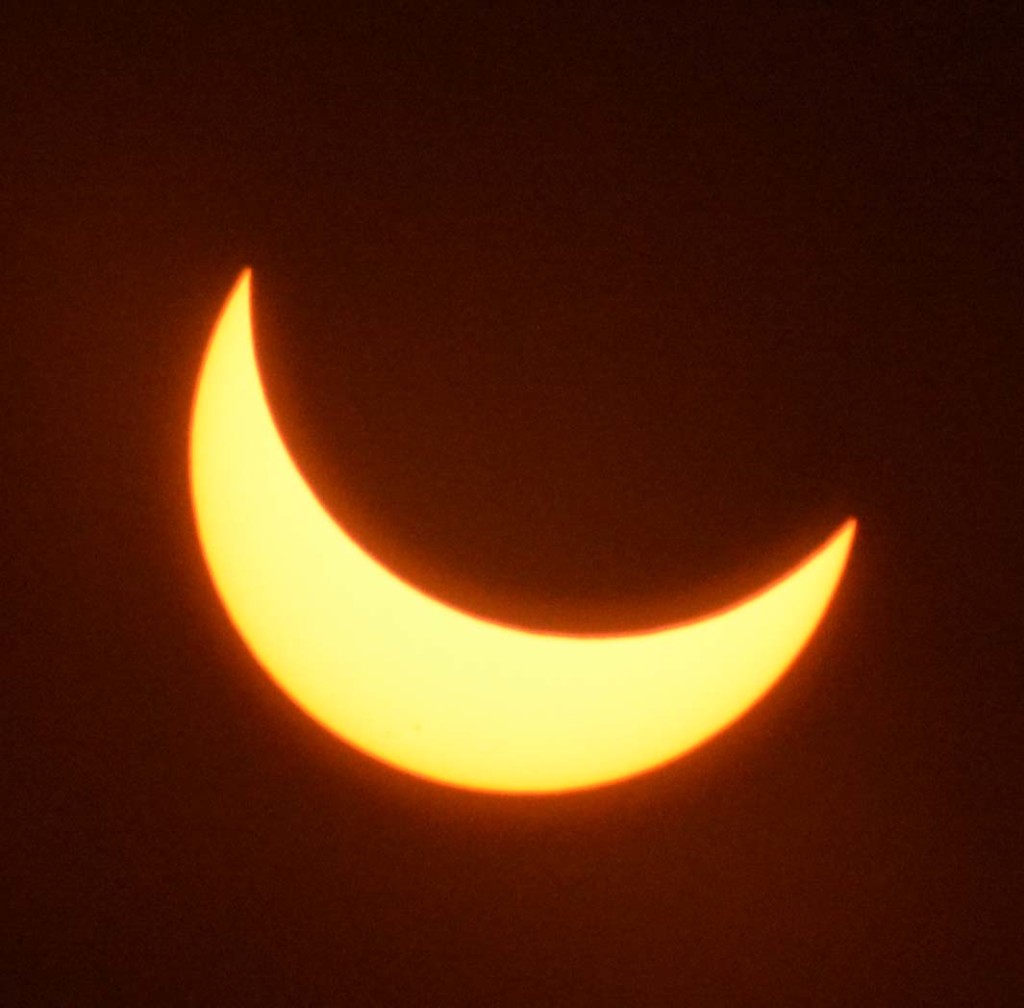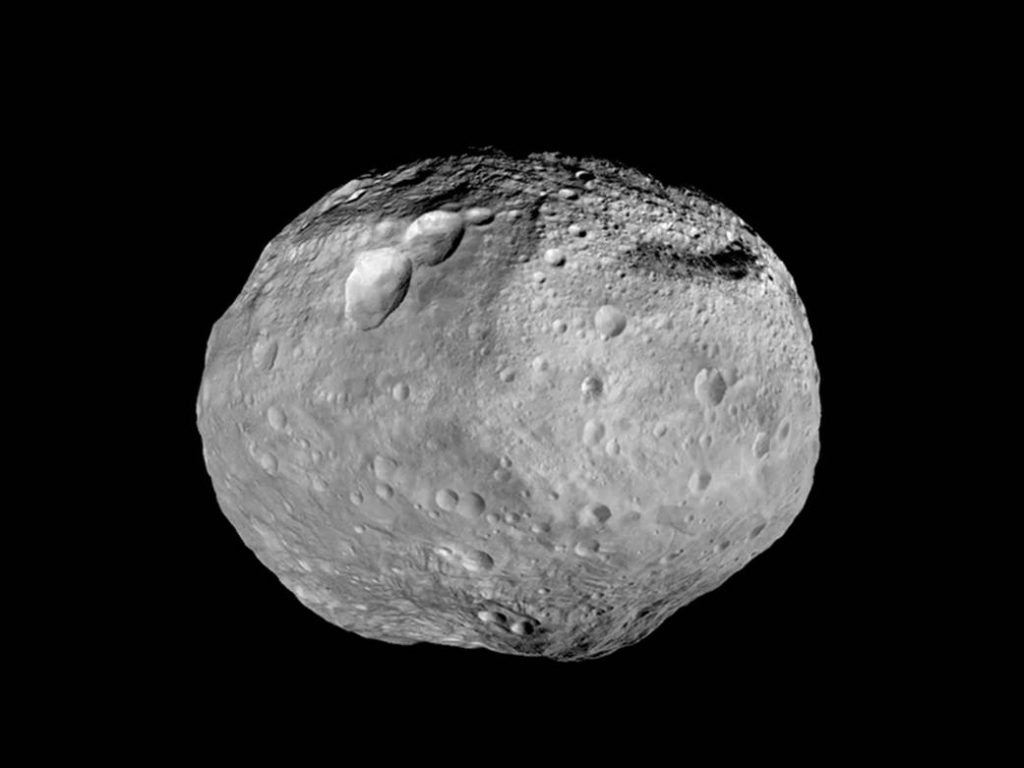Join Tucson Amateur Astronomy Association (TAAA) for the release of the James Webb Space Telescope (JWST) images throughout the summer and fall. Our first event is scheduled for Saturday July 23rd at the Sunsites Library in Pearce AZ (210 N Ford St) from 1:30 – 2:30 pm. Keep an eye on our calendar for upcoming events.
All posts by Jim Knoll
Planets for June 2022
By Erich Karkoschka

Saturn is the first planet to rise at night, first at midnight and almost at 10 pm by the end of June.

Jupiter is the second planet to rise, two hours after Saturn. It is up 45 degrees by sunrise.

Mars is the third planet to rise, only 2 degrees from Jupiter at the beginning of June, increasing to 19 degrees by the end of June.

Venus is the fourth planet to rise at 3:20 am. It displays the same phase as Mars in a telescope but is 50 times brighter.

Mercury is the last planet to rise at 4 am. It is just visible with naked eyes starting on the 11th and better visible between the 20th and the 30th.

Neptune is visible in binoculars about 10 degrees west of Jupiter.
Uranus is too close to the Sun at the beginning of June. On the 11th it can be found 1.5 degrees above Venus.

The Moon occults eta Leonis on June 5th between 8:05 and 9:06 pm. It is a 3rd magnitude star just above Regulus. The moon then passes the five bright planets, Saturn on the 18th, Jupiter on the 21st, Mars on the 22nd, Venus on the 26th, and Mercury on the 27th. Note that the order of the five bright planets is in the same order as their distance from the Sun. On the 23rd, 24th, and 25th, this is valid even if you include the Moon. The only day one cannot see the Moon is the 28th, although a sighting on the 29th around 8 pm is challenging at it is only 24 hours after New Moon.

Vesta is an easy binocular object at 7th magnitude, between Jupiter and Saturn. Thus the morning parade of all planets even extends to the brightest asteroid.
Planets of the Month: May 2022
by Erich Karkoschka

Mercury is the only evening planet, but only visible during the first week of May. It sets around the end of astronomical twilight. It shows as a crescent in a telescope.

Saturn rises soon after Midnight and is 30 degrees up at dawn.

Mars follows Saturn an hour later. It is as bright as Saturn. Mars approaches Jupiter and passes it half a degree south on May 29th.

Venus and Jupiter are only half a degree apart from each other at the beginning of the month. Venus moves so fast that their separation increases to 30 degrees by months end.

Venus shows a small disk getting fuller while Jupiter gets high enough so that its bands and other features show up in telescopes.

On the 17th and `18th, Neptune is relatively easy to find in binoculars since it is less than a degree north of Mars.

The Moon is very hard to see on May 1st since it is such a thin crescent, one of the thinnest ones you have seen in your life. The following evening, it sits just above Mercury. By the 6th, the Moon is next to Pollux. The Full Moon the day after the Lunar Eclipse rises only 2 degrees from Aldebaran. On the 26th and 27th, it is in the vicinity of Venus.

The important event this month is the Total Lunar Eclipse on the evening of May 15th. The moon rises at 7:06 pm (Tucson Time/UTC-7). Sunset is at 7:15 pm. The partial phase starts at 7:28. Totality lasts from 8:29-9:54 pm. The partial phase ends at 10:56 pm. This is a deep total eclipse since the northern part of the Moon is at the center of the Umbra, right at 9:12 pm. In Tucson, TAAA will have a viewing party with telescopes on the University of Arizona Mall near Flandrau from 7:30-10 pm.
Planets of the Month: April 2022
By Erich Karkoschka

Mercury is the only planet in the evening sky after April 10.
It is easily visible after mid-month as dusk fades. It sets
shortly after the end of twilight. On the 29th, Mercury is on the edge of the Pleiades, a nice sight in binoculars.

Venus and Mars have been close together in the morning sky for many weeks. Now, Venus is getting faster so that Mars cannot keep up. By the end of the month, they are 15 degrees apart. Venus is five magnitudes brighter than Mars and slightly losing
altitude at the beginning of twilight while Mars is slowly
gaining altitude.

At the beginning of April, Venus is still almost half illuminated, but gets more round as the month progresses.

The moon is a thin crescent on the 2nd at dusk and on the 28th
at dawn with Full Moon mid month (16th). On the 4th it is close to the Pleiades. The most beautiful sight will be the moon, Venus, and Jupiter close together on the morning of the 27th. Remembering this triangle during dawn, one can try to see how long one can watch it naked eye. Jupiter becomes invisible at sunrise, 6:00 am while Venus can be seen at least another half hour, possible even past noon if the sky is very clear.

Jupiter rises during dawn at the beginning of the month, well
to the lower left of the three other planets. Jupiter passes Neptune on the 12th in less than 0.1 degree distance. This happens once every 13 years, but this time the distance is
closer than most other times. Neptune is faintly visible in a
telescope since both planets only rise after the start of dawn.
Venus is approaching Jupiter and reaches it on the 30th. The two brightest planets will be less than half a degree apart, a sight one should not miss. Around the 18th, the four bright planets of the morning sky are almost perfectly equally spaced. April is a good time to watch the planets move among the stars and between each other, each with its own speed.

Saturn starts the month between Venus and Mars. On the 5th, Mars passes Saturn less than half a degree south, a nice sight of two planets with equal magnitude but different colors. For the next months, Saturn will be the first of the morning planets to rise, by 2 am at the end of the month.

Uranus is the only planet in the evening sky until April 10.
Afterwards it will be too low to find it during late dusk.
Planets of the Month: March 2022
By Erich Karkoschka

Mercury finishes its morning apparition during the first week of March. On the 2nd it passes the fainter Saturn less than 1 degree south of it.

Venus and Mars stay within 5 degrees of each other. Their minimum distance is 4 degrees on the 15th. They rise well before dawn starts.
On the 29th, Venus passes Saturn 2 degrees north of it. Venus is at greatest western elongation on the 20th as spring starts. In a telescope it appears as half a disk.

Slower Mars will pass Saturn on the 4th of April 0.3 degrees south. The last week of March is a good time to watch the triangle of Venus, Mars,
and Saturn changing shape from day to day.

March has two New Moons, on the 2nd and 31st. It is visible on the 3rd as a very slim crescent at bright dusk. The almost Full Moon is close to Regulus on the evening of the 15th and close to the trio of planets in the morning sky on the 28th. It is still
visible on the 29th and possibly on the 30th to the lower right of
Jupiter.

Jupiter joins the other morning planets on the 26th, but only poorly visible near the horizon.

Saturn may not be visible naked eye on the 2nd, but will rise earlier and earlier. By the end of the month, it will rise together with Venus and Mars.

Uranus is the only planet in the evening sky. You can find it with binoculars in Aries.
Planets of the Month: February 2022

Mercury is visible at dawn all month, about 15 degrees to the lower left of Venus.

Venus is at it best during this morning visibility. It rises before 5 am and is well up by the tie dawn starts. It starts the month as a beautiful, large crescent that is easily visible in binoculars. It ends the month as a thick, smaller crescent. It is visible during the daytime if the sky is very clear and you know where to look, for example at 10 am 40 degrees high straight south.

This month has NO New Moon. The Moon can be seen every day of the month, although on the 1st one needs binoculars to see the slim crescent at dusk. The next evening it will be close to Jupiter.

Mars is not far from Venus all month, 9 degrees at the beginning of February and 5 degrees at the end. Even in March it will remain within 6 degrees of Venus. During both months, the planetary pair will move by about 50 degrees next to each other through Sagittarius and Capricornus.

Jupiter leaves the evening sky on the 19th.

Saturn is not visible all month.

Uranus is transiting 70 degrees high around sunset and thus well visible in Aries, perhaps even with naked eyes.
Neptune leaves the evening sky just like Jupiter. Jupiter will pass it on April 12 very narrowly but difficult to observe. This happens once every 13 years.
Planets of the Month: January 2022
By Erich Karkoschka

Mercury is visible in the evening sky at dusk and is less than 4 degrees below Saturn from the 9th to the 16th. Around January 16th it switches to the morning sky (about two weeks after Venus) and visible around the 31st.

Venus is visible at early dusk until the 5th. It is larger than one arc-minute in diameter, the largest it can get, and less than two percent illuminated. A spectacular crescent in the telescope. Starting on the 11th, it is the morning “star” with altitudes quickly climbing. By the end of the month it is already well up at the start of dawn.

The Moon comes into the evening sky on the 3rd, when it is about as difficult to see as Mercury and just a little below Mercury. The next evening, the Moon joins Saturn and the following evening, it joins Jupiter.

Iris has a good opposition in Gemini and is brighter than magnitude 8.

Mars is low at dawn. It is close to Antares on the 1st but 20 degrees further east by the end of the month.

Jupiter is still higher than Saturn and keeps going once the other three planets have left the evening sky. By the 31st, it sets within an hour of the end of dusk.

Saturn also switches from evening to morning visibility, but much more slowly. It leave the evening sky on the 19th and will not be visible in the morning until March.

Uranus and Neptune are still higher than Jupiter in the evening sky. Uranus transits just after the end of twilight at 72 degrees altitude.

Comet Leonard could be the best comet of the year during the first week of January, maybe as bright as 3rd magnitude with a nice tail. It is almost stationary 20 degrees to the lower left of Saturn, quite low when dusk ends. Then, it will get even lower and will probably fade, ending its visibility.
Planets of the Month: December 2021
By Erich Karkoschka

Starting on the 22nd, Mercury joins the other three planets at dusk. First, it is below Venus. Then on the 29th to the left of Venus, and then further left and higher than Venus.

Venus is at its brightest during early December. On the 6th, the moon will be close to it. You may be able to find Venus well before sunset about 3 degrees above the moon. Later in December, it rapidly approaches the sun and thus gets low during dusk. By the end of the year, its diameter exceeds one arc-minute, the largest it can get. Its slim crescent is a beautiful sight in telescopes and also visible in binoculars.

From the 5th to the 8th, the lunar crescent passes the three bright planets at dusk. On the last morning of the year, it is close to Mars and Antares.

Mars is the lonely planet at dawn, but faint and low, fare below Spica.

Ceres is still 7th magnitude in Taurus, but fading. On the other hand, Iris is brightening at 8th magnitude in Cancer.

Jupiter is about 15 degrees higher then Saturn and still well positioned for telescopic observations.

Saturn is about 15 degrees above Venus and 15 degrees below Jupiter. It will become invisible in January.

Uranus and Neptune are high in the evening sky. Jupiter will be catching up with Neptune and pass it in April, invisible behind the Sun.

Comet Leonard is in the morning sky near the limit of naked eye visibility until it gets too close to the sun on the 12th. On the 3rd, it is close to globular cluster M3. On the 6th, it is 5 degrees to the left of Arcturus. On the 10th, it is 5 degrees to the left of Alpha Serpentis.

A Total solar eclipse occurs on the 4th, but is far away in Antarctica.
Stargazing for the Holiday’s
Do you have friends or family visiting over the Holiday’s? Interested in a private stargazing adventure? We can provide a detailed tour of the universe at our astronomy site ~100 miles southeast of Tucson or at a location of your choosing in Tucson or Southern Arizona. To request a reservation and check availability and pricing, visit our Tucson Stargazing Adventures webpage at: https://tucsonastronomy.org/community-services/tucson-stargazing-adventures/
Planets of the Month: November 2021
By Erich Karkoschka

Mercury is an easy dawn object in the east-southeast, but only until the 10th since it is moving fast toward the sun. At the beginning of the month it passes Spica but their distance increases to 14 degrees by the 10th. The best morning is the 3rd when the moon joins both of them.

Venus is at its best this month. It reaches its brightest possible magnitude of -4.9 at the end of the month. This is so bright that it can be found in daylight, such as 3:20 pm 30 degrees hight straight south. It is brilliant after sunset. It is so far south that just past 8 pm it sets further left than the sun can ever set. Its phase can be seen in binoculars, going form half illuminated at the beginning of the month to a thick, large crescent by the end.

The Moon has a great eclipse on the 18th-19th, although not at the best time of the night. It probably is the greatest partial eclipse of your life since 97 percent of its diameter will be inside the umbra at maximum, or 99 percent of its disk area. Maximum is at 2:03 am. Partial phase lasts from 12:18 am to 3:47 am. The interesting phase around maximum lasts for quite a while this time, but only a couple of minutes during most total lunar eclipses. It is interesting because of the contrast between the dark red moon in the umbra and the very bright and very narrow part of the moon getting direct sunlight. At maximum phase, the moon might be dark enough that shadows disappear. Its location only 5 degrees from the Pleiades should be beautiful. The moon transits at the beginning of the eclipse 77 degrees high.

Mars has been behind the sun for a while. At the end of the month, it slowly becomes visible again during dawn.

Jupiter and Saturn transit during the early evening, separated by 15 degrees. In a telescope it is a good time to watch their satellites. This month, the orbits of Jupiter’s satellite are almost edge-on. This means that they appear perfectly in a line and pass each other very closely. On the 23rd, a rare event happens. The two largest satellites, Ganymede and Callisto, cast their shadows onto the planet simultaneously. This happens about once every 5 years, but most of these events happen during daylight or when Jupiter is below the horizon. At sunset, both shadows are close to each other on the eastside of the disk. Ganymede’s shadow is faster and exits 7:39 pm, Callisto’s shadows leaves at 9:03 pm.


Uranus comes into opposition in Aries. So, it is up all night and 73 degrees high at midnight. It is visible naked eye in principle, and no other star of 6th magnitude is currently nearby.

Neptune can be found in binoculars 50 degrees further west of Uranus.


